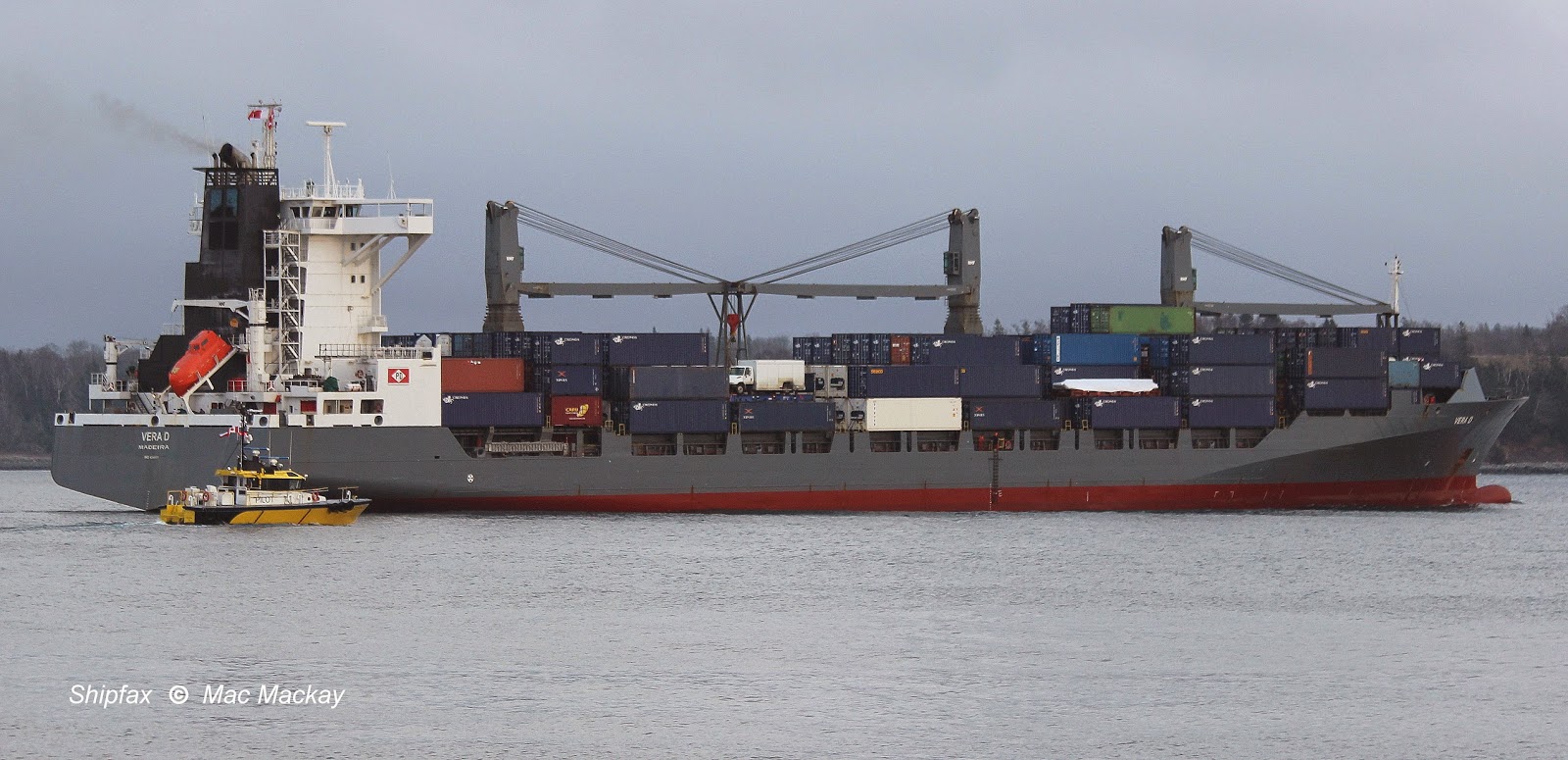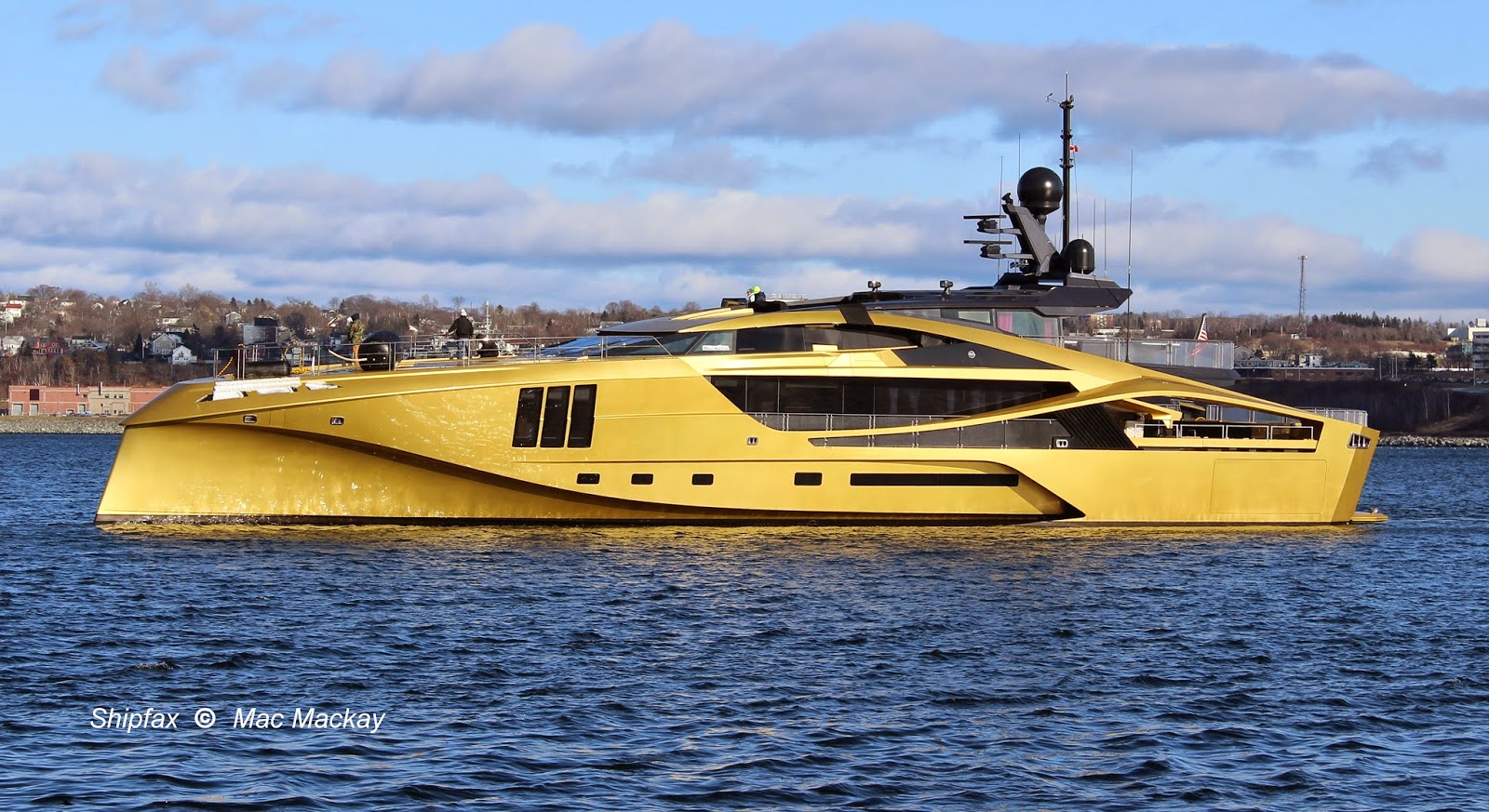The new Digby-Saint John ferry Blue Star Ithaki, temporarily (we hope) renamed Canada 2014, is at this moment in Funchal, Azores for fueling en route to Halifax. Once it arrives here next week, it will be refitted for Canadian service, and given its permanent name.
The present ferry Princess of Acadia was given its name by the Canadian Pacific Railway, which had a longstanding naming tradition. Its deep sea passenger lines were Empresses and its coastal passenger ships (all but one of which were on the west coast) were Princesses. That Bay Ferries and the Minster of Transport kept the Princess of Acadia's name long after CP's involvement stopped was certainly laudable, but it is now time for some creative thinking. The CPR days are gone, and its time for something original.
The recent tendency to name ships based on contests and suggestion box entries relieves the operators of the responsibility for picking names. Similarly the government's tendency to name ships after politicians is self-serving and should not be tolerated. Continuously re-using the same name over and over or appending a "II" or "III" is also an easy way out.
The cruise industry's lamentable record in ship's names should also be an example of what not to do. A "brand" or a sponsor is a despicable excuse for naming a ship.
Prince Edward Island ferries were named after Fathers of Confederation, but some genius decided to part from that tradition and we got "Holiday Island" and "Vacationland" instead. These names had no local resonance and could have been anywhere on earth. Good sense returned when the name Abegweit was chosen for the last ferry to be built for the Cape Tormentine-Borden route (recalling also the name of a previous ship) and Confederation for the last ferry built for the Caribou-Wood Island run.
Now we have a chance to follow in that sensible direction, and I am suggesting something such as Loyalist for the new ship. I would not be in favour of appending some descriptor to that such as "Fundy" since that weakens the impact. Saint John is known as the "Loyalist City" and I suppose the good residents of Digby might take exception to my suggestion, but there are good Loyalist streams in that area too.
Bottom line is let's have a serious name for the new ship. One that is thought out, appropriate and with serious intent.
I don't suppose the new ship will be making any 3 minute arrivals in Digby, but it is possible - see this You Tube video:
https://www.youtube.com/watch?v=PBwo_OqGwpI
The present ferry Princess of Acadia was given its name by the Canadian Pacific Railway, which had a longstanding naming tradition. Its deep sea passenger lines were Empresses and its coastal passenger ships (all but one of which were on the west coast) were Princesses. That Bay Ferries and the Minster of Transport kept the Princess of Acadia's name long after CP's involvement stopped was certainly laudable, but it is now time for some creative thinking. The CPR days are gone, and its time for something original.
The recent tendency to name ships based on contests and suggestion box entries relieves the operators of the responsibility for picking names. Similarly the government's tendency to name ships after politicians is self-serving and should not be tolerated. Continuously re-using the same name over and over or appending a "II" or "III" is also an easy way out.
The cruise industry's lamentable record in ship's names should also be an example of what not to do. A "brand" or a sponsor is a despicable excuse for naming a ship.
Prince Edward Island ferries were named after Fathers of Confederation, but some genius decided to part from that tradition and we got "Holiday Island" and "Vacationland" instead. These names had no local resonance and could have been anywhere on earth. Good sense returned when the name Abegweit was chosen for the last ferry to be built for the Cape Tormentine-Borden route (recalling also the name of a previous ship) and Confederation for the last ferry built for the Caribou-Wood Island run.
Now we have a chance to follow in that sensible direction, and I am suggesting something such as Loyalist for the new ship. I would not be in favour of appending some descriptor to that such as "Fundy" since that weakens the impact. Saint John is known as the "Loyalist City" and I suppose the good residents of Digby might take exception to my suggestion, but there are good Loyalist streams in that area too.
Bottom line is let's have a serious name for the new ship. One that is thought out, appropriate and with serious intent.
I don't suppose the new ship will be making any 3 minute arrivals in Digby, but it is possible - see this You Tube video:
https://www.youtube.com/watch?v=PBwo_OqGwpI
.














































